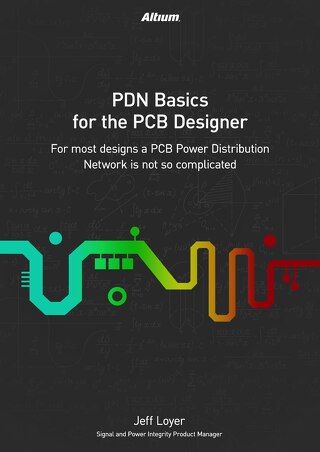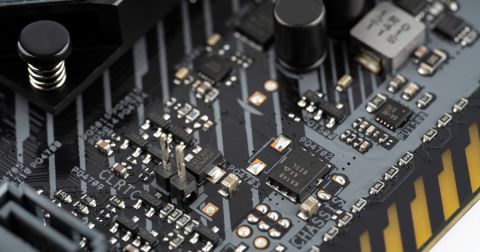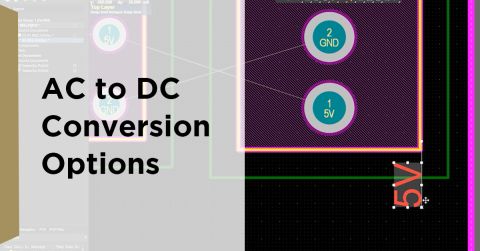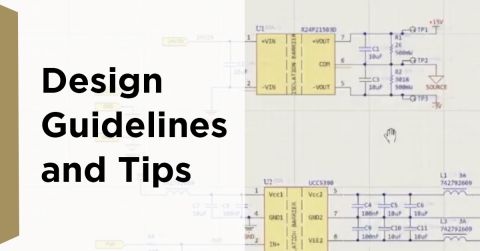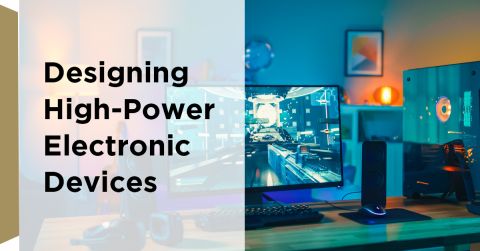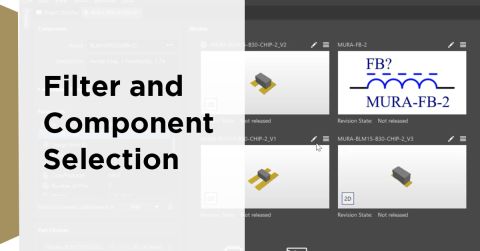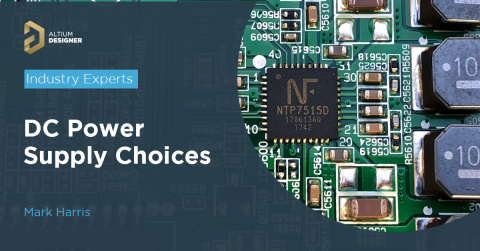Power Supply Filtering Options

There are very few applications where a power supply will not require filtering to be applied. The type of filter and where it is located within the circuit design will depend on many factors. The most common type is input filtering, located between any external power source and the power supply control circuitry. Alternatively, filters placed at the output across the load can be more effective.
One of the main concerns for basic power supplies is preventing noise and voltage spikes on the input supply from adversely affecting the power supply itself or the load circuitry. A second concern is removing any ripple voltage from the output of the rectifier stage that can affect the load. However, input filtering is often required to avoid noise generated by the switch-mode circuit from being conducted back through the power supply to the input supply source in switching power supplies.
Ripple Filtering
The output of any rectifier will contain an element of ripple voltage on the output as an inherent byproduct of the rectification process.
A high-value capacitor placed across the output load can provide simple but effective ripple filtering for rectified power lines. The capacitor value is calculated as a function of the ripple frequency, the maximum current supplied by the capacitor at the point of minimum output voltage, and the acceptable magnitude of residual ripple voltage. The larger the capacitor, the smaller the residual ripple. Theoretically, an infinite capacitance will eliminate any ripple voltage. Here the designer will need to trade-off capacitor cost and size against acceptable residual ripple voltage.
A factor to consider in capacitor selection is its equivalent series resistance, which will determine filter efficiency and response time, affecting thermal management and potentially affecting performance for high-frequency ripple.
The main advantage of this basic filter is that under very low loading, the output voltage will be very close to the peak input voltage. This filter type will also provide a reasonably effective solution for power supplies implemented using a half-wave rectifier to minimize component count and footprint size. The downside of this filter type is that it offers very poor voltage regulation, and its performance at reducing ripple will degrade significantly as loading increases.
Output Noise Filtering
When considering noise such as electromagnetic interference, factors including filter placement and component selection are critical.
A typical passive filter circuit will include a capacitor, inductor, and resistor to form a bridge between the power supply and its load. A key property of a correctly designed filter is the impedance matching the output of the power supply circuit with the load circuit. The better the match, the more effective the attenuation of any electromagnetic interference will be. Thus, the filter circuit can eliminate noise from the input power line and noise generated by the power supply circuit itself, acting as a low-pass filter. It can also prevent interference caused by the load from being conducted back into the power supply control circuits and affecting its performance. This feature can be essential if the power supply has stringent voltage regulation requirements and drives high current switching loads.
However, it’s important to note that this will not prevent power supply-generated noise from being conducted back to the input power line. Therefore, switching power supplies in devices requiring certification may require additional filtering at the power supply input to achieve regulatory compliance.
Another point to note is that filter circuits will reduce conducted common-mode and differential-mode interference but will not address susceptibility to the effects of radiated electromagnetic interference. Therefore, shielding techniques and grounding measures will need to be applied. Especially if the power supply is susceptible to disruption from interference or, as is more likely for switching power supplies, it generates interference that could impact other devices or its load.
From a design point of view, component selection can be critical. For example, filter self-resonance can create significant issues; capacitors operating beyond their self-resonance frequency can interact with inductors to generate coupled oscillations that will affect performance.
Regulator Output Filtering
Capacitors are placed across the output of regulators to provide voltage stability. Still, they have the additional benefit of reducing the high-frequency noise that is particularly prevalent in switch-mode power supplies. The principal source for this noise is the pulse width modulated control signal that can generate very high-frequency noise harmonics that cause radiated and conducted interference. Where the power supply has a large output current, or for other situations where the capacitor does not have a sufficiently high self-resonance frequency, the capacitor can be supplemented with an inductor at the output of the switching components MOSFETS, to provide damping.
Summary
Power supplies can generate significant levels of noise in the form of voltage ripples and interference. However, they can also be susceptible to interference. In some devices, the noise generated by the power supply has inadvertently affected the power supply itself if not appropriately managed. The challenge for the designer is to identify the filter requirements, select the best options and locate the optimum places within the circuit design to incorporate filtering. They have to do this while balancing constraints such as component footprint limits, costs, and lead times.
Have more questions? Call an expert at Altium and discover how we can help you with your next PCB design. You can download a free trial of Altium Designer here.
